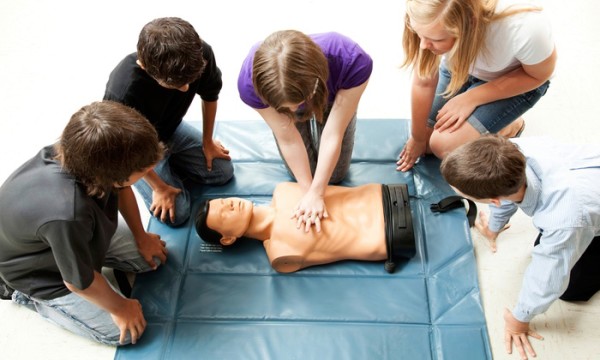When you are at the scene of a medical emergency, it’s highly possible that by the time first responders get to the scene, the injured or sick person may already have had irreversible damage to his or her system. To help prevent that until expert help can arrive, here are some important points to remember.
Do the 3 C’s
1) Check your surroundings. Visually try to figure out what happened, and if you can avoid it while giving first aid help to the person. If the causes for the victim’s injury are like fire, toxic smoke or gas, or live electrical wiring, then it may be a good idea to hold off a bit, so that you won’t fall victim to the same circumstances also.
2) Call for help. If you think the injury is serious, or out of your limited knowledge in first aid, then call for professional help immediately. If the person is not breathing, then you should perform resuscitation before you call for help. More importantly, do not leave the victim alone for a long time.
3) Care for the person. Do remember that serious injuries also inflict emotional and mental trauma on the victim. It is important to have a calm attitude, and reassure the person that help is coming. Do not panic, as that can be detrimental to the victim’s state of mind, and consequently, his or her health.
Other procedures
The next step is to check for breathing and a pulse. This is particularly important if the person is unconscious.
Observe if the person’s chest is moving up and down, if not, put your ear to the person’s chest to listen for air coming out. Finally, you may have to feel for the person’s breath using the side of your face against his or her mouth. If necessary, then you have to perform CPR. If you suspect that the person has a spinal injury, then do not move the person at all.
Keep the head and neck aligned, and roll them on their back while holding their head. Open the airway and lift the chin. At the center of the chest, put your two hands together and compress the chest down about two inches, about 100 times a minute, if you can. After thirty compressions, and then give two rescue breaths. If the person is not responding, double check the person’s position, correct if necessary. Continue doing this until first responders or other knowledgeable civilians relieve you.
Remember to keep the person warm by draping a towel or jacket over them.
What you shouldn’t do
1) Don’t try to feed an unconscious person, much less try
to make them drink. These actions can cause choking.
2) If a person is unconscious, do not prop the person’s head up with a pillow.
3) Don’t splash an unconscious person’s face with water.
Neither should you slap them.
